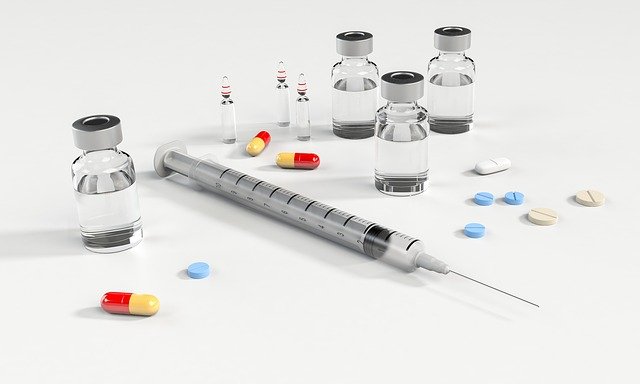

Ministry of Health introduces models for prescribing and dispensing drugs
Ministry seeks to improve health data management via standardized clinical information
Subjects
On February 11, 2022, The Ministry of Health published Ordinance No. 50/2022, linked to the Specialized Health Care Secretariat (SAES/MS), which standardizes clinical documents for substances that are not subject to special controls in the Medication Prescription Registry (RPM) and Medication Dispensation Registry (RDM).
By standardizing these documents, the Ministry of Health aims to:
- Promote the exchange of patient care information between health establishments;
- Offer patients easy access to their data;
- Establish a national consensus over indispensable information for prescribing and dispensing medications;
- Facilitate data collection, aggregation, processing, and analysis for decision making and knowledge production;
- Obtain further data about the consumption of drugs and health products.
The RPM and RDM apply to all stakeholders involved in the patient care process, including healthcare facilities, healthcare professionals, information systems developers, managers and public policy implementers.
Once a pilot project for electronic prescription and drug dispensing control in Brazil’s Popular Pharmacy Program (Farmácia Popular do Brasil) has ended, the ordinance also establishes that public, supplementary and private-sector establishments must adopt the RPM and RDM models. This covers both individuals and legal entities that provide health care.
Furthermore, the Brazilian Unified Health System’s (SUS) informatics department will be in charge of creating and implementing computer models for the RPM and RDM in Brazil’s National Health Data Network (RNDS), a platform focused on integrating and improving the interoperability of health information (created by Decree No. 1,434/2020).
Important aspects of the RPM and RDM
The RPM records the clinical data on drugs that are not subject to special control in outpatient settings – as per the model provided in Annex A of SAES/MS Ordinance No. 50/2022.
Besides patient data, the clinical data and information required in the RPM include:
- The National Health Establishment Registration (CNES) and Corporate Entity Registration (CNPJ) numbers of the establishment administering prescriptions;
- The prescribing professional’s details – name, professional council, and corresponding commission registration number;
- A description of the prescription;
- The size of the dosage;
- Frequency of use of the drug;
- The unit dose; and
- The drug administration route.
Meanwhile, the RDM (according to the model provided in Annex B of SAES/MS Ordinance No. 50/2022) records data on drug distribution within the outpatient care services provided by public or private health units subsidized by either the SUS or the Popular Pharmacy Program. However, drugs controlled by a special dispensing system are not recorded in this system.
The clinical data and information required in the RDM include:
- The e-prescription registration number sent to the RNDS;
- Identification of the health establishment dispensing the drug;
- Mode of dispensation – either via a public or private healthcare establishment and paid by the SUS, or via a commercial drugstore and paid by the Popular Pharmacy Program;
- Date of the prescription;
- Date and time of dispensation;
- The dispensing professional’s details – name, professional council, and corresponding commission registration number;
- Identification of the dispensed drug.
For further information on digital health, please contact Mattos Filho’s Life Sciences & Healthcare practice area.
*With the collaboration of Andressa Deis Rodrigues.



